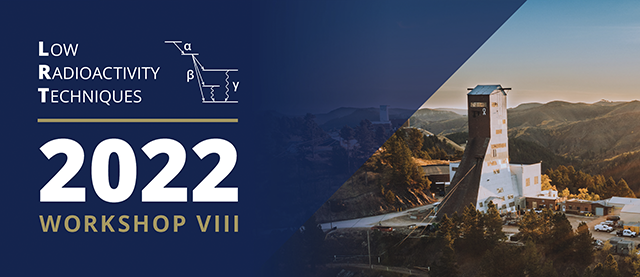Speaker
Description
The advent of commercial atomic ICP-MS/MS has made it possible to measure low levels of actinides and other analytes without the need for extensive sample preprocessing. The instrument utilizes inline gas phase chemistry that either eliminates or reacts the analyte away from matrix derived interferences that otherwise need to be removed through separation techniques such as ion exchange column chemistry. This enables measurements of relevant samples such as electronics and their components (PCBs, solders, getters, etc.) that have matrices prone to create interferences in the region of the target analytes (e.g., Mo, Sn, W, Ir, Pt, Au, Pb on Th and U). It is difficult to make such low-level measurements with extensive chemistry as it is time consuming, often difficult and can be susceptible to contamination. We have investigated gas phase chemistry that would be suitable for such measurements – by investigating gases (O2, N2O, OCS, NH3) that react selectively with actinides and do no cause an unmanageable decrease in sensitivity due to scatter. We present some of the chemistries we have investigated that we believe will be useful for ultra-trace assay in a variety of matrices.

